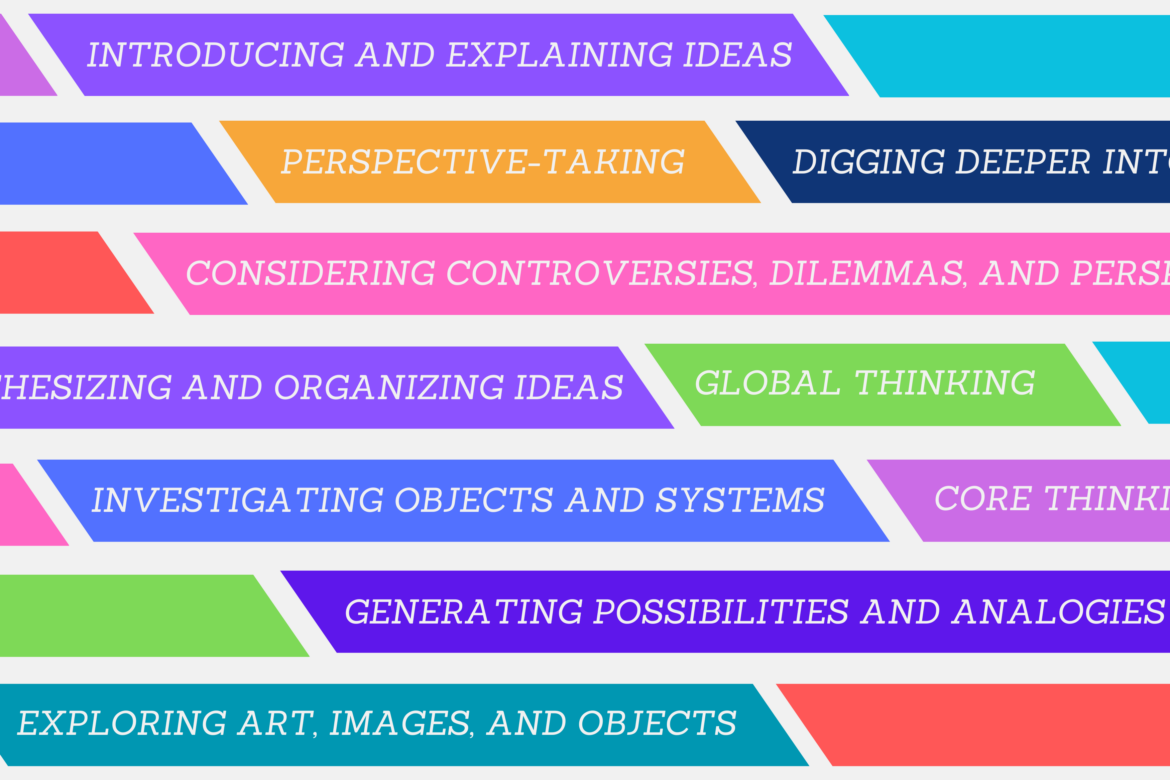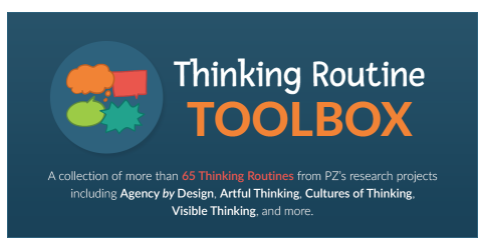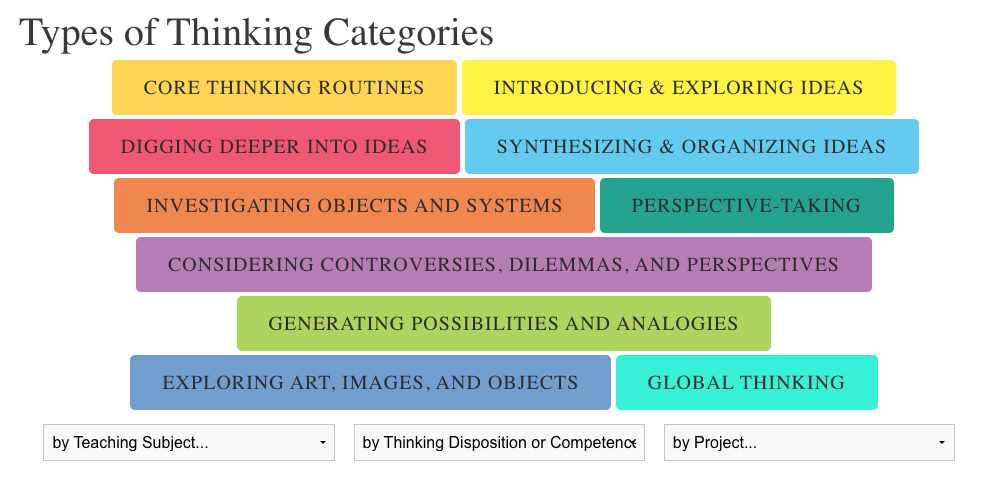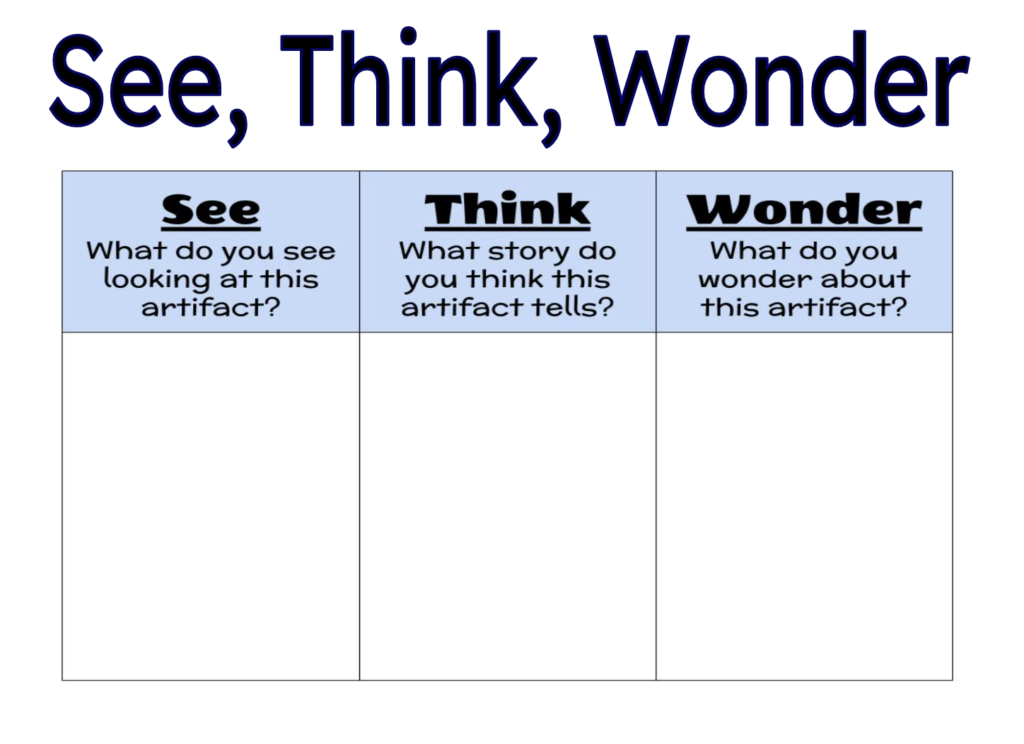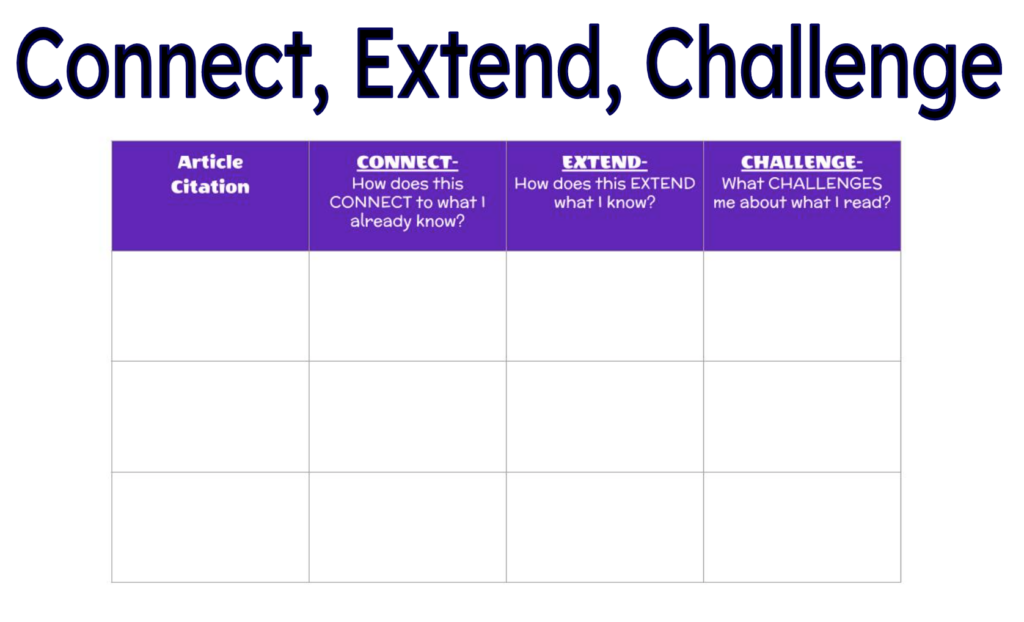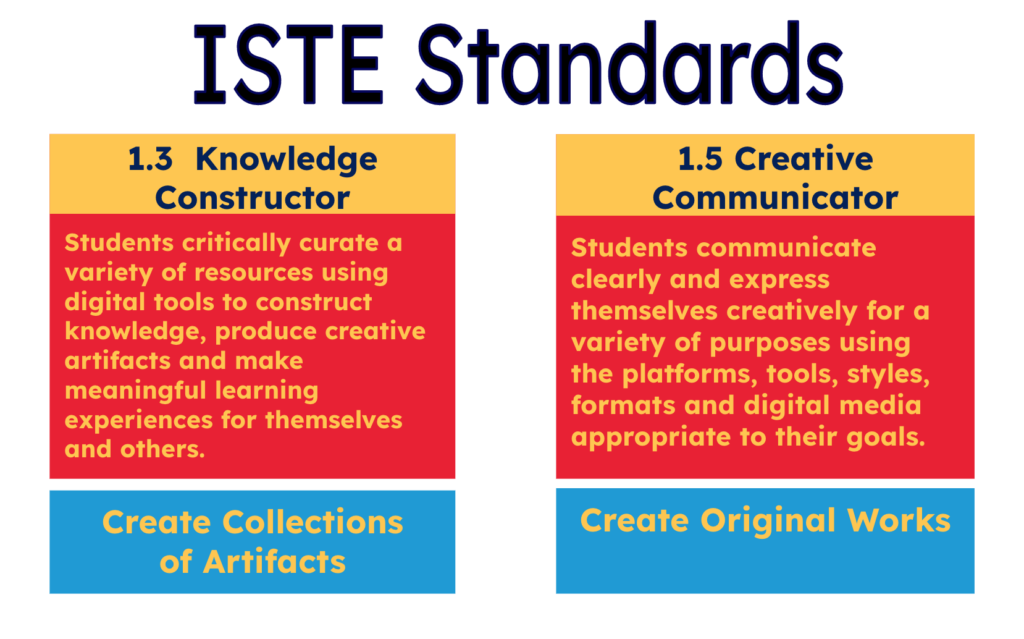We all recognize the work of educational theorists whose legacy is imprinted in every educator such as Piaget, Vygotsky, or Dewey. Their contributions are undeniable. Their theories have shaped generations of educators for decades. However, education is never static. The dynamic world and society we live in, diverse students, emerging technologies, and varied learning environments are all contributing factors. Yet, there is always new research constantly emerging. This post cuts through the noise to bring you seven current research frameworks to engage learners or drive impactful professional learning.
Please note that this is part one of a seven-part blog series. Click here to see all available parts, and check back regularly for more research trends to keep an eye on!
1. Project Zero’s Thinking Routines
Project Zero, which has been Harvard’s Graduate School of Education’s research department since 1967 (did you know Howard Gardner, researcher for Multiple Intelligences works here?), developed a set of research-based and proven thinking practices. Project Zero (n.d.) emphasized, “the Visible Thinking research has a double goal: on the one hand, to cultivate students’ thinking skills and dispositions, and, on the other, to deepen content learning” (para. 2, “Background on PZ’s Visible Thinking”). They postulate that learners need the opportunity to show their thinking for better understanding and attaining that metacognition.
I absolutely love these and use them faithfully in my higher education courses for general discussion posts, whole/group discussions, reflections, or closures. These routines are ubiquitous in that they fit in any area of your instructional design and can fit a variety of purposes. I am sure you have heard of think-pair-share, right? Well, that one is on the list. A routine is a set of questions or sequence of steps that are scaffolded to support thinking. There are different categories that you can choose from to reshape and think more deeply in that manner. Some of the type of thinking categories you may find on their website are core thinking routines, introducing and exploring ideas, digging deeper into ideas, and global thinking to name a few.
When you select a routine, you will see information listed and a PDF resource link that shows you the questions, graphic organizer, and the instructions. Look at the examples below:
Examples
Connect, Extend, Challenge– Core Thinking Routine
Consider what you have just read, seen, or heard, and then ask yourself:
- How are the ideas and information connected to what you already knew?
- What new ideas did you get that broadened your thinking or extended it in different directions?
- What challenges or puzzles emerge for you?
Generate, Sort, Connect, Elaborate – Synthesizing and Organizing Ideas
- Generate a list of ideas and initial thoughts that come to mind when you think about this particular topic/issue.
- Sort your ideas. Place central ideas near the center and more tangential ideas toward the outside of the page.
- Connect your ideas by drawing connecting lines between ideas that have something in common. Explain and write in a short sentence how the ideas are connected.
- Elaborate on any of the ideas/thoughts you have written so far by adding new ideas that expand, extend, or add to your initial ideas. Continue generating, connecting, and elaborating new ideas until you feel you have a good representation of your understanding.
Thinking Routines have unlimited possibilities in how and where to use. Use these in a discussion board forum for student discussions, chart paper for gallery walks on Canva Whiteboard, Figma, or any other app that promotes collaboration in real time and the ability to add text so others can view.
Below, you see an example of a discussion board forum where the initial post needs to include the Thinking Routine ‘Compass Points,’ a core thinking routine.

Figure 1 Discussion board with a Thinking Routine
In the example below, the students added their responses for the thinking routine, ‘The 4C’s,’ on a shared Microsoft Word Document. Students were in pairs or trios and each group responded on a separate page.

Figure 2 Thinking Routine: The Four Cs
Here is the same thinking routine, The 4Cs, in Canva. The 4Cs routine is for ‘considering controversies, dilemmas, and perspectives.’

Figure 3 Canva’s Whiteboard
I guarantee you will be able to find a thinking routine that fits your lesson objective or include it as part of shorter reflective professional learning activities making deep thinking an everyday possibility in your classroom. You should allow these empowering opportunities to transform casual thought into visible learning for improved success.
Don’t forget to post a comment if you like this post or have a follow-up question. We would love to hear from you!
Sosa, C. (2025, July 28). Seven research trends to keep an eye on, part one. [Blog entry]. TCEA TechNotes.


